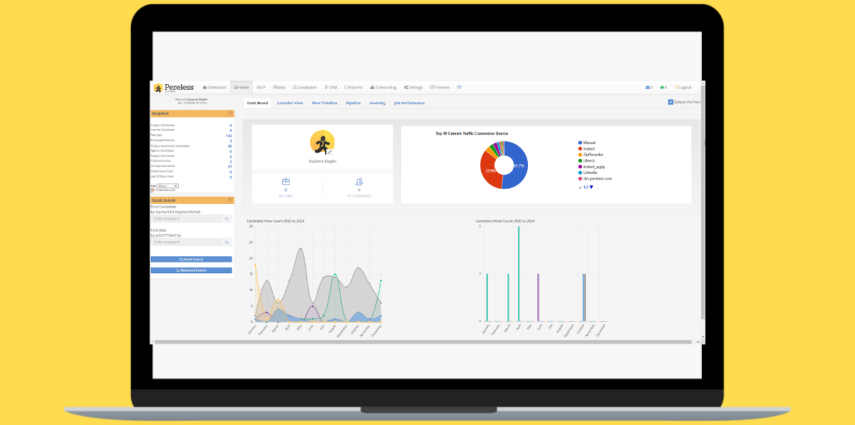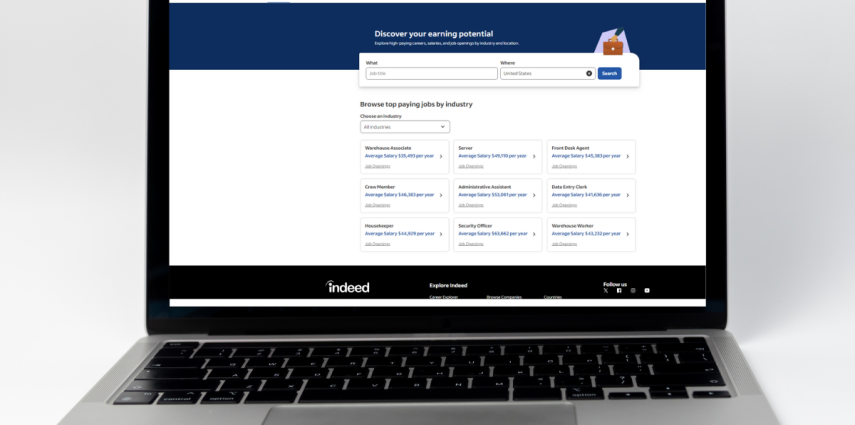The holiday season is one of the busiest times of the year for businesses. As customers flock to stores and websites seeking gifts and deals, it’s crucial to have a well-staffed team ready to meet their needs. However, finding the right candidates quickly can be a daunting task. In this blog post, we’ll discuss how to implement an easy application process with multilingual job applications on your customized career page, and how to use QR codes to help potential candidates scan for jobs. Additionally, we’ll explore why staffing the right people is essential for enhancing customer service during this critical time.
Creating an Easy Apply Process with Multilingual Job Applications
A streamlined hiring process can make all the difference in attracting top talent during the holiday rush. Implementing an easy apply process on your customized career page allows candidates to quickly submit their applications without jumping through hoops or creating an account to get started. Simplifying the application steps—notably by minimizing the information required upfront—can encourage more candidates to complete the process.
In today’s diverse workforce, offering multilingual job applications is a game-changer. By enabling candidates to apply in their native language, you not only broaden your talent pool but also demonstrate a commitment to inclusivity. This approach is particularly important during the holidays when many businesses need to hire quickly and may benefit from a diverse team that can communicate effectively with a varied customer base.
Using QR Codes to Share Career Opportunities
Modern technology offers innovative solutions to streamline your hiring process. Implementing QR codes for your job listings is an effective way to enhance accessibility. Place these codes on flyers, in-store signage, and promotional materials to make it easy for potential candidates to access your career page instantly. A simple scan leads them directly to your job openings, allowing them to apply with minimal friction.
This tech-savvy approach not only appeals to younger, digital-native candidates but also ensures that your job openings are readily available to those on the go. Whether they’re out shopping or attending community events, candidates can efficiently browse and apply for positions, increasing the likelihood of finding the right fit for your team.
Why Staffing the Right People Leads to Better Customer Service
Having the right team in place is foundational to providing excellent customer service, especially during the busy holiday season. When your staff is composed of individuals who are well-trained and culturally aligned with your business, they can effectively engage with customers and cater to their needs. The right employees bring a positive attitude and willingness to help that make all the difference in customer interactions.
During peak holiday shopping, businesses can face increased pressure, and having a capable team in place ensures that customer service remains consistent and high-quality. Whether it’s helping customers locate products, managing returns, or providing product recommendations, a skilled and enthusiastic team can create a welcoming shopping environment that enhances customer loyalty.
Enhancing the Candidate Experience
In addition to enhancing customer satisfaction, focusing on staffing the right people also greatly improves the candidate experience. The way a business conducts its hiring process reflects its values and culture. If candidates feel respected and valued from the moment they apply, they are more likely to perceive your business positively, even if they are not selected for a position.
An efficient hiring process that is clear and communicative can make potential employees feel more engaged and connected with your brand. For example, promptly responding to applications, providing constructive feedback, and keeping candidates informed throughout the process will elevate their experience. When candidates have a positive application journey, they are more likely to share their experiences with others, increasing your company’s reputation as an employer of choice. This translates into lower turnover rates and builds a strong organizational culture that thrives on positivity and engagement, which is especially important during the high-stakes holiday season.
Conclusion
As the holiday season is now approaching, start refining your staffing strategy today. Implementing an easy application process with multilingual job applications on your career page, and utilizing QR codes to share job listings can elevate your hiring efforts and attract a diverse range of candidates. Moreover, prioritizing the recruitment of the right people is key to delivering exceptional customer service.
By investing in these innovative hiring practices, you’re not just filling positions; you’re building a team capable of providing the service your customers deserve. Embrace these strategies to ensure a smooth and successful holiday season for your business!










